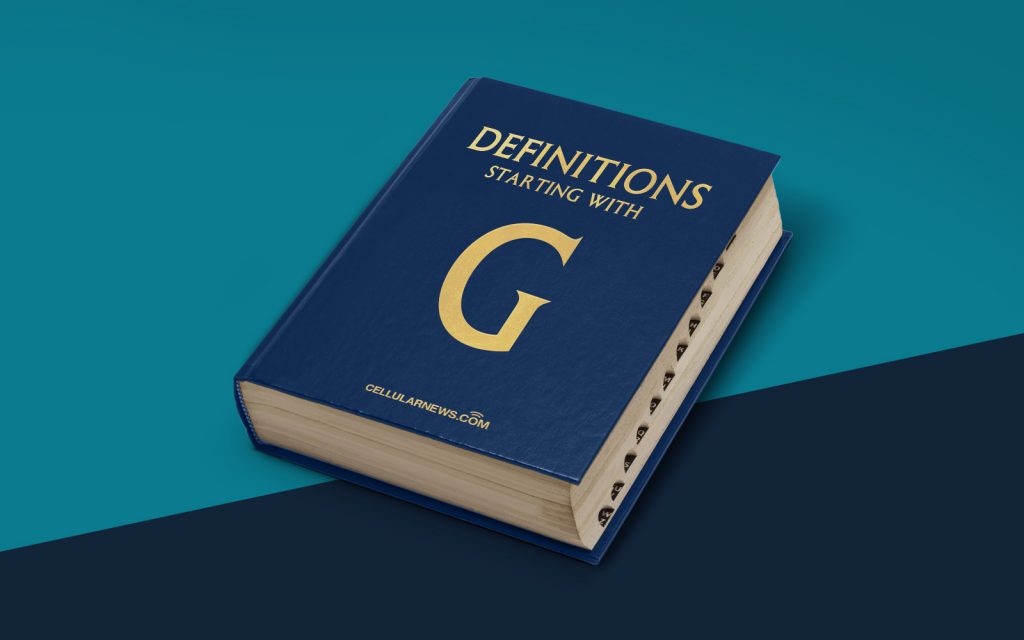
What is a Graphics Device Interface + (GDI+)?
Welcome to the “DEFINITIONS” category, where we explore and demystify complex concepts in the world of technology and design. In this post, we’ll take a closer look at the Graphics Device Interface + (GDI+), an essential tool that plays a significant role in graphics rendering on Microsoft Windows platforms. So, grab your virtual paintbrush, and let’s dig in!
Key Takeaways:
- GDI+ is an application programming interface (API) developed by Microsoft
- GDI+ provides developers with a powerful set of tools for rendering graphics, text, and images.
First and foremost, GDI+ stands for Graphics Device Interface +, an API developed by Microsoft as an evolution of the Graphics Device Interface (GDI). The primary purpose of GDI+ is to provide developers with a robust and versatile set of tools for rendering graphics, text, and images in applications running on Windows platforms.
Now, you might be wondering, what exactly is an API? Well, think of an API as a bridge between different software applications. It defines a set of rules and protocols that allow applications to communicate and interact with each other efficiently. In the case of GDI+, this API acts as a bridge between the graphics capabilities of Windows and the applications that utilize them.
Here are a few key aspects of GDI+ that make it a powerful and versatile tool:
- Graphics Rendering: GDI+ provides a wide range of functions and methods for rendering graphics, including lines, curves, shapes, and even custom images. With these capabilities, developers can create visually stunning applications with ease.
- Text Rendering: In addition to graphics, GDI+ also offers advanced text rendering features. Developers can control the font, size, style, and positioning of text, providing the flexibility to create visually appealing and readable text content.
- Image Manipulation: GDI+ enables developers to load, display, and manipulate various image formats such as JPEG, PNG, and GIF. This functionality opens the door for applications that require image editing, resizing, or even complex image composition.
Overall, GDI+ acts as a powerful ally for developers looking to create visually appealing and interactive applications on Windows platforms. It simplifies the process of rendering graphics, text, and images, saving time and effort in the development process.
In conclusion, GDI+ is an essential part of the Microsoft Windows platform, providing developers with a wealth of tools and capabilities for graphics rendering. Whether you’re creating a game, designing a user interface, or working on digital art, understanding GDI+ can significantly enhance your development experience. So, harness the power of GDI+ and let your creativity fly!
